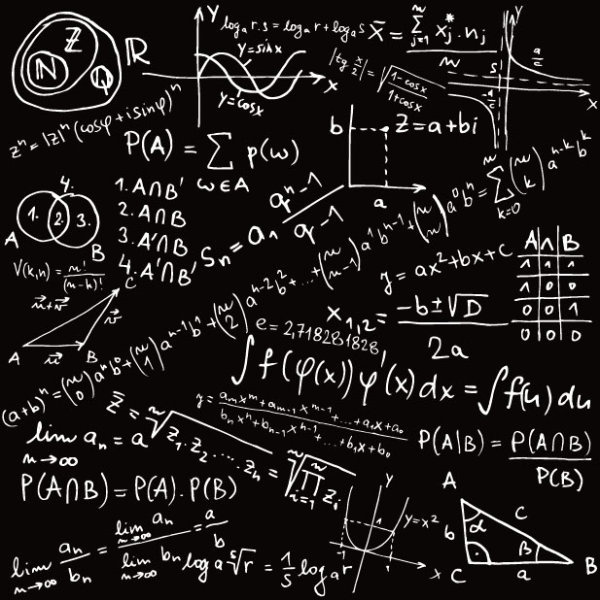Chris Peterson wrote: ↑Mon Feb 25, 2019 2:47 pm
Ann wrote: ↑Mon Feb 25, 2019 2:44 pm
I see your point, Chris. I do.
But I don't think that the Hubble people will take your advice. Imagine them showing a galaxy picture where the IR channel has been mapped to green - maybe, say, an iconic galaxy like M51?
There is a logic to mapping the longest wavelength data channels to the longest wavelength output channels. But that does produce fairly natural looking colors (even though they are in no way accurate, nor intended to be) and therefore risks confusing people about what these objects actually look like. And what they actually look like is generally not on the list of science objectives at all.
Here's one more way of looking at the data, which is perhaps the most accurate of all. Eliminate the color mapping, and move the two channels into the time domain, alternating the IR and the visible.
_
unmapped.gif
Thanks, Chris! Absolutely fascinating! I somehow missed this post before.
Note how extremely different M33 looks in blue and infrared light. In infrared light, it looks almost amorphous, but in blue light it becomes much more spiral-like with sharp dust lanes, clusters and extended regions of young stars (think
M24).
NGC 604 in X-rays and visible light.
X-ray: NASA / CXC / R. Tuellmann (Harvard-Smithsonian CfA) et al.;
Optical: NASA/AURA/STScI
Perhaps the most fascinating detail is how NGC 604, the huge emission nebula in M33, appears in the two images. It is quite large and striking in the blue-filter image. What has been detected by the blue filter is OIII emission, as Geck pointed out before.
But NGC 604 is indeed detected by the infrared filter, too. However, it looks small and faint there.
I find it most unlikely that the infrared filter has detected Hα. Instead, it must have detected dust.
Take a look at the picture of NGC 604 at right. The diffuse blue light is X-rays that have been mapped as blue. (The X-rays would not have been detected by either of the filters used for the Hubble image of M33.) The red and yellowish details in the picture at right is much cooler gas, but almost certainly also dust. This dust must have been warmed by the onslaught of energetic particles from the hot stars in NGC 604, and the warm dust is what the infrared filter must have detected.
Ann



